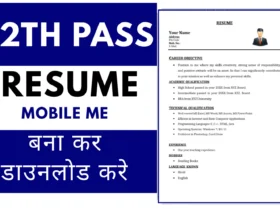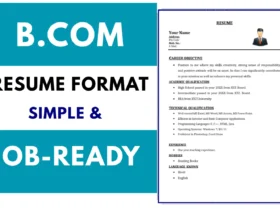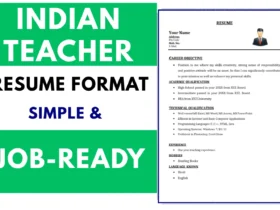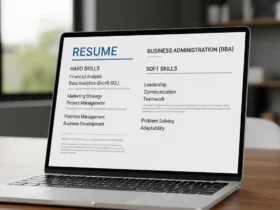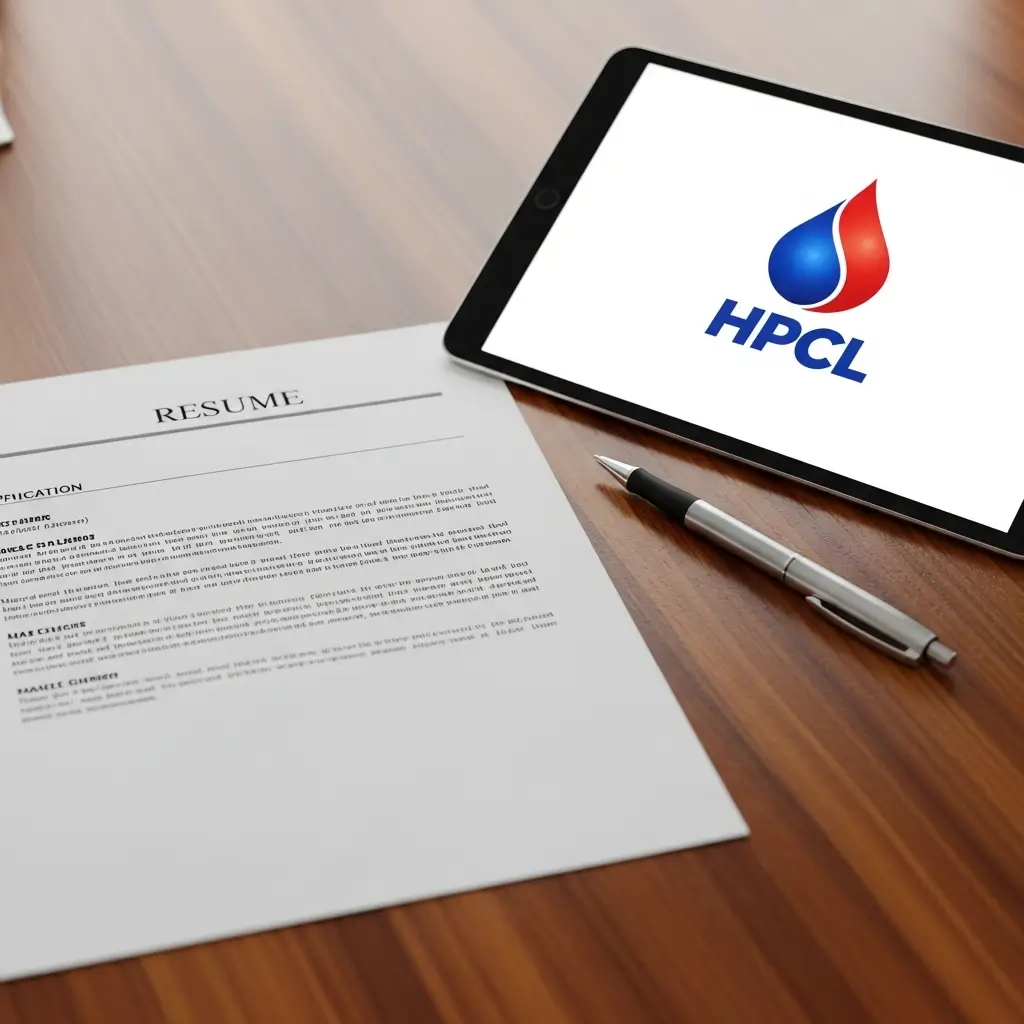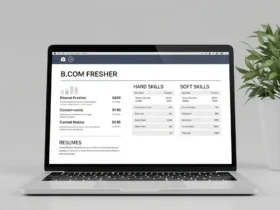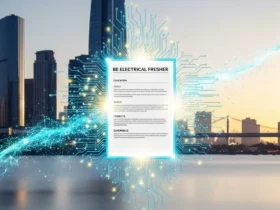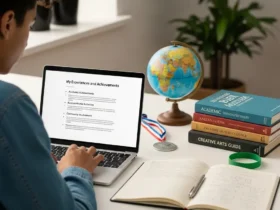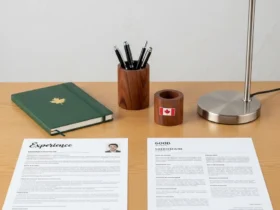Trying to get a job at HPCL, or any big company for that matter, can feel like a really big deal. It is, in many ways. You’re up against a lot of people. Everyone wants a good career, right? So, how do you even get your foot in the door? Well, your HPCL resume is the very first step. Think of it like your personal billboard. It tells them who you are, what you’ve done, and what you can bring to their team. A good resume isn’t just a list of facts. It’s a story. It should make the people reading it say, “Hey, this person looks interesting. Let’s talk to them.”
Many folks just throw things onto a page. They think any resume is fine. But that’s not true. Especially for a company like Hindustan Petroleum Corporation Limited. They see thousands of applications. They’re busy. They don’t have time to dig for information. Your resume needs to be clear. It needs to be easy to read. It needs to stand out, but for the right reasons. This isn’t about fancy designs or weird fonts. It’s about being organized. It’s about presenting yourself in a way that makes sense to them. That’s why understanding the HPCL resume format, or at least a good professional standard that HPCL would appreciate, is so important. It’s about making their job easier, which, in turn, helps you.
How to write HPCL Resume Format
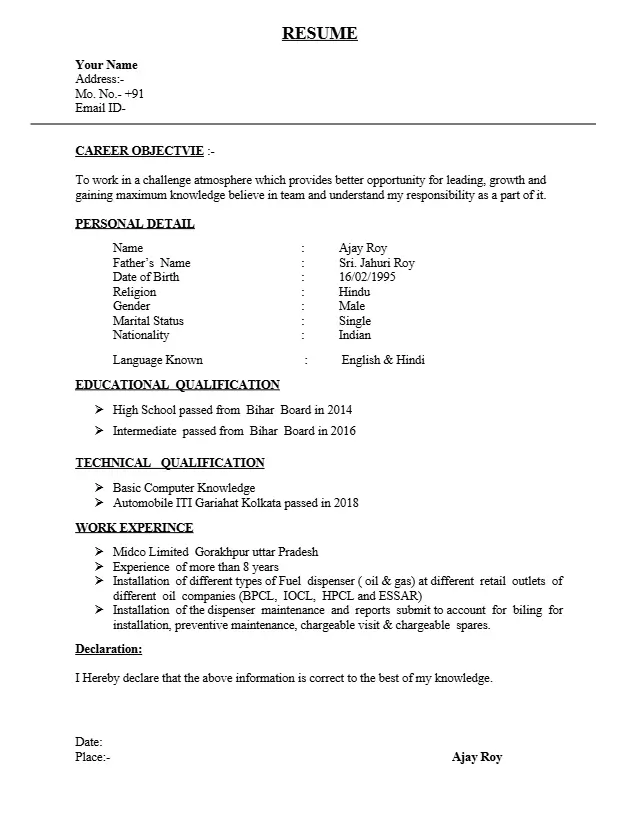
👉 Download Link: [Get Here]
You can:
- Fill it in Adobe or any PDF app
- Print it on clean A4 paper
So, what does a good resume for HPCL look like? We’re not talking about a secret template only HPCL uses. Rather, it’s about a standard, clear, and logical structure that hiring managers everywhere, including those at HPCL, expect to see. It’s about conveying information effectively.
Contact Information
First things first, contact information. This might seem obvious, but you’d be surprised. Make sure your name, phone number, email address, and maybe a professional LinkedIn profile link are right at the top. Easy to find. No one wants to hunt for how to get in touch with you. What’s the point of a great resume if they can’t call you for an interview?
Objective or Summary
Next, we usually have an objective or a summary. Now, these are a bit different. An objective is for freshers, mostly. It states what kind of job you’re looking for. Something like, “Seeking a challenging role in petroleum engineering at HPCL to apply academic knowledge and contribute to the company’s growth.” See? It’s short. It’s focused. A summary, though, is more for people with some experience.
It’s a brief paragraph, maybe three to five lines, that highlights your key skills and achievements. It tells them, at a glance, why you’re a good fit. Think of it as your “elevator pitch.” What’s the best thing about you for this job? Put that there. Make it catchy, but also real. Don’t make promises you can’t keep.
Education
After that comes your education. This is where you list your degrees. Start with your most recent one. University name, degree name, when you graduated. If your grades were really good, like a high CGPA or a good percentage, you can put that in too. If you did any special projects during your studies that relate to the oil and gas industry, it’s a good idea to mention those briefly.
Did you do a thesis on pipeline efficiency? Or maybe a project on renewable energy sources? Those details show you’re serious and engaged in your field. For people just starting out, education is a huge part of your HPCL resume. It’s what shows your core knowledge.
Work Experience
Now, for work experience. This is where many people can really shine. Or, sadly, fall flat. Always list your jobs in reverse chronological order. That means your most recent job comes first. For each job, include the company name, your job title, and the dates you worked there. Underneath each job, use bullet points to describe your responsibilities and achievements. This is where it gets tricky.
Don’t just list duties. Anyone can say they “managed projects.” That doesn’t tell them much. Instead, focus on what you achieved. Use action verbs. Did you “implemented a new safety protocol that reduced incidents by 15%?” Or “optimized a process, leading to a 10% cost saving?” Quantify your accomplishments whenever possible. Numbers make your impact clear. They show you actually did something, not just showed up.
For someone applying to HPCL, think about the kind of work they do. Are you an engineer? A finance professional? An HR specialist? Tailor your experience to highlight skills relevant to those areas. For example, if you worked on maintenance schedules at a manufacturing plant, that could relate to refinery operations. If you managed a budget in a previous role, that’s useful for any corporate position. Don’t just copy and paste from your old job description. Think about what HPCL needs and show them how your past work connects to that. It takes a little extra thought, but it truly makes a world of difference.
Key Skills
Skills are another big section. This is your toolkit. Break them down into categories. Technical skills are super important, especially for engineering roles. Think specific software, programming languages, specialized equipment you can operate. For example, “Proficient in AutoCAD, SAP, and advanced data analysis tools.” Or “Experience with process simulation software like Aspen Hysys.”
Don’t forget soft skills either. These are things like communication, teamwork, problem-solving, and leadership. While you can list them, it’s better if your work experience section shows you have them. Did you lead a team? That shows leadership. Did you present findings to management? That shows communication. Make sure these skills are also relevant to the job you want at HPCL.
Projects and Internships
What about projects and internships? For students or recent graduates, these are golden. They provide practical experience when you might not have much full-time work history. Describe your role in the project. What was the goal? What did you do? What was the outcome? If it was an internship, treat it like a mini-job. Use action verbs and describe your contributions. These sections demonstrate that you’re not just theoretical. You can apply what you’ve learned. They show initiative. They prove you’re ready to learn and contribute.
Awards and Achievements
Awards and achievements can also boost your HPCL resume. Did you get a scholarship? Win a competition? Receive an award for outstanding performance at work or university? List them. They show you go above and beyond. They indicate a track record of excellence. These things tell a story about your drive and your capabilities. Again, keep it simple. State the award, who gave it, and when. No need for long explanations. Just the facts.
Resume Presentation
Format and Aesthetics
Now, let’s talk about the look and feel. The format itself. Keep it clean. No wild colors or fancy graphics. Use a professional, easy-to-read font. Think Arial, Calibri, or Times New Roman. The font size should be readable, usually 10-12 points for the main text, a bit larger for headings. Margins should be standard, not too wide or too narrow. Consistency is key. Make sure all your headings look the same. All your bullet points align. This might seem like small stuff, but it shows attention to detail. It reflects well on you.
Length and File Type
Length is also a common question. For freshers, one page is generally enough. If you have a few years of experience, two pages might be fine. But try not to go over two pages unless you have a truly extensive career. Remember, hiring managers are skimming. They want to get the most important information quickly. A longer resume doesn’t always mean a better one. Sometimes, it just means you haven’t edited enough. Always save your resume as a PDF. This keeps the formatting intact. It ensures everyone sees it the way you intended. Sending it as a Word document can sometimes mess up how it looks on different computers.
Proofreading
Proofreading. Oh, how important this is. Read your resume over and over. Then, ask someone else to read it. A fresh pair of eyes can spot mistakes you’ve missed. Typos, grammatical errors, weird sentences. These can make you look careless. They send the wrong message. Imagine submitting a resume with a mistake for a detail-oriented role. Not good. So, take your time. Be precise. Even small errors can create a bad first impression. And we definitely don’t want that.
Common Resume Mistakes to Avoid
What else should you steer clear of? Generic resumes are a big one. Don’t send the exact same resume to every job. Seriously, recruiters can tell. They want to see that you actually want their job, not just any job. Tailor your resume for each application. Research the HPCL job description. What keywords do they use? What skills do they list as important? Weave those into your resume naturally. If they mention “pipeline integrity management,” and you have experience there, make sure that phrase appears in your document. Show them you’ve done your homework. Show them you understand what they need.
Avoid fancy templates or too many graphics. While a little bit of design can be okay for some creative fields, for a company like HPCL, a straightforward, professional look is always best. Applicant Tracking Systems, or ATS, are often used to scan resumes. These systems sometimes struggle with complex designs, charts, or images. Stick to a text-based, clean layout to ensure your resume gets parsed correctly. You want your qualifications to shine, not the aesthetics of the document.
Honesty and Integrity
A word on honesty: always be truthful. Don’t lie about your experience or qualifications. It will come out eventually, and it can ruin your reputation. It’s just not worth it. Be confident in what you have done. Present your real self. Companies value integrity. Building a career based on false information is a house of cards. Focus on highlighting your actual achievements and skills. Everyone starts somewhere, and honesty is always the best policy.
Tailoring Your Resume for HPCL
So, when you’re putting it all together for HPCL, think about the company itself. It’s a large public sector undertaking. They value stability, professionalism, and a strong sense of responsibility. Your HPCL resume should reflect those values. It should show you are a reliable, capable professional. It should speak to your understanding of the industry and your desire to contribute meaningfully. Every section, from your contact details to your project descriptions, should serve this purpose.
The journey to getting a job is long. Your HPCL resume is just the start. But it’s a critically important start. It’s your ticket to the interview. Without a strong resume, you won’t even get that chance. Take the time to craft it well. Make it clear. Make it concise. Make it compelling. Show them why you are the right person for HPCL. It’s about making a connection on paper, even before you meet anyone. Think of it as your silent advocate, speaking volumes about your potential. Good luck with it all. You’ve got this. Just put in the effort.

